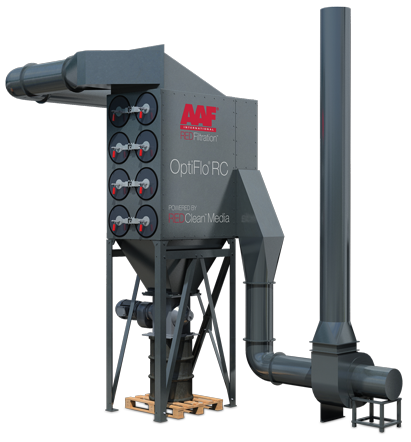
The characteristics of any industrial dust will affect the choice of a capture and collection system. Woodworking dust varies with the woodworking process, tool sharpness and type of wood. Sanding dust below 10 microns in size represents one end of the spectrum while planning curls up to several inches long represents the other.
Tool sharpness affects shredding and tearing, producing larger sizes and softwoods product larger particle sizes than hardwoods. The dominant characteristics of wood dust are the variation in size and the significant volume of dust that is normally produced.
Total woodworking dust control implies an effective capture and efficient collection system. A typical dust control system is composed of four components: a hood to confine the dust at its source, a duct to convey the collection material, a fan to maintain suction in the hoods and ducts, and a collector to separate the dust from the exhaust air and deposit it in a storage container.




